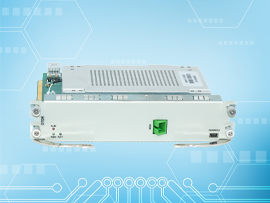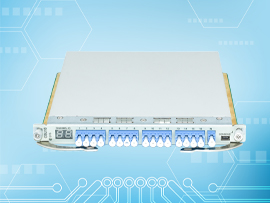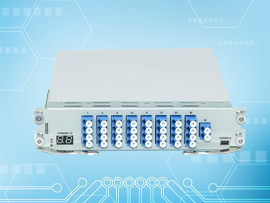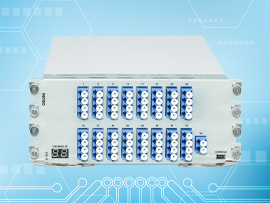- My Order
- My Address
- Logout
+86 2167755355
OTDR Based Fiber Optical Monitoring System (FOMS)
Apr 03, 2024
What's OTDR
Sino-Telecom FNMS (Fiber Network Monitor System) can use rack OTDR (Optical Time Domain Reflectometer) devices, focus on automatic analysis of fiber performance by periodical measurement, and quickly respond while fiber broke or fault happens, significantly reducing the repair time and improving fiber network maintenance efficiency and QoS.
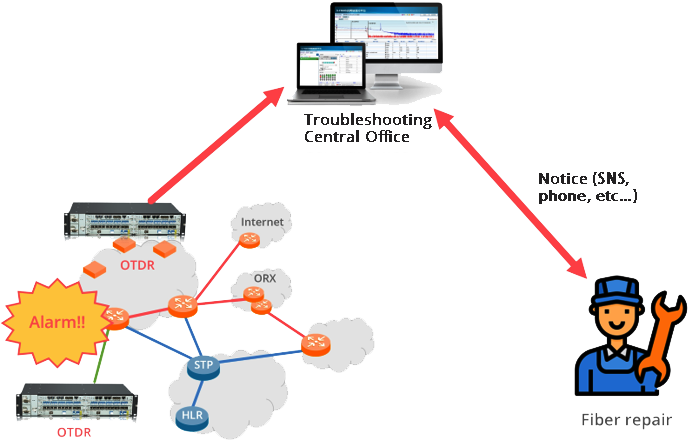
A Comprehensive Fiber Monitoring Solution
Our FNMS is applicable for all types of fiber optic networks

Key Benefits:
● Address all types of optical networks.
● Report all types of fiber modifications in a network: breaks, attenuation, extension, reflectance.
● Provide web-based software that is easy to install, use, and maintain.
● Offer open interfaces for easier integration with existing systems.
System Architecture

The challenges of traditional maintenance
● Delays in accessing information.
● Unavailability of crucial information.
● Low-quality documentation.
● Involvement of numerous personnel.
● Limited control over maintenance processes.
● After using FNMS system
● Obtain information swiftly and direct it to the appropriate personnel.

After using FNMS system
Obtain information swiftly and direct it to the appropriate personnel.

Key Applications of FNMS
Different stakeholders require specific fiber and cable data.
Streamlined measurement processes with precise and clear alarms.
Measurement Data:
● Reference measurements including attenuation and values of splices, connectors, ends, and optical length.
Periodic Performance Monitoring:
● Periodic recording of connector and fiber performance data.
Reporting and Visualization:
● Report generation and chart visualization displaying performance trends in loss and attenuation.
Alarm Management:
● Establishment of link alarm thresholds and distribution to users.
● Detection and notification of cable breaks or abnormal fiber attenuation positions.
● Fault processing workflow with audible and visual alarm triggers.
Topology Analysis:
● OTDR data analysis, cascade Optical Switch (OSW) channel access, and fiber route mapping.
● Visualization of route topology detailing cables, sites, lengths, and faults.
Optical Link Monitoring:
● OTDR analysis combined with cascade OSW channel identification.
● Optical routing access mapping OSW channels, cable connections, and fiber indices.
Physical Cable Information:
● Details such as number of fibers, manufacturer, cable type, spare cables, fiber utilization, and physical lengths
Geographical Data Integration:
● Incorporation of conduit data, landmarks, distances, and locations.
● Layout mapping including manholes, poles, and markers with geographical length calculations.
● Localization of fiber fault locations.
Responsibility Assignment:
● Establishment of area limits and fiber/cable allocations per area.
● Assignment of responsible maintenance personnel.
● Management of route modifications and length changes.
Related Solution

October 26, 2016
The Most Successful Engineering Contractor
Aug 14, 2023
DCI (Data Center Interconnect) Solution
Aug 15, 2023
Compact CWDM/DWDM Solution
Aug 15, 2023
STN6200 Multi-Services WDM Platform
Jan 15, 2024
4G / 5G Fronthaul Product
Aug 15, 2023
Point-to-Point Solution
Aug 15, 2023
Ultra-High-Speed, Ultra-Long-Distance Transmission
